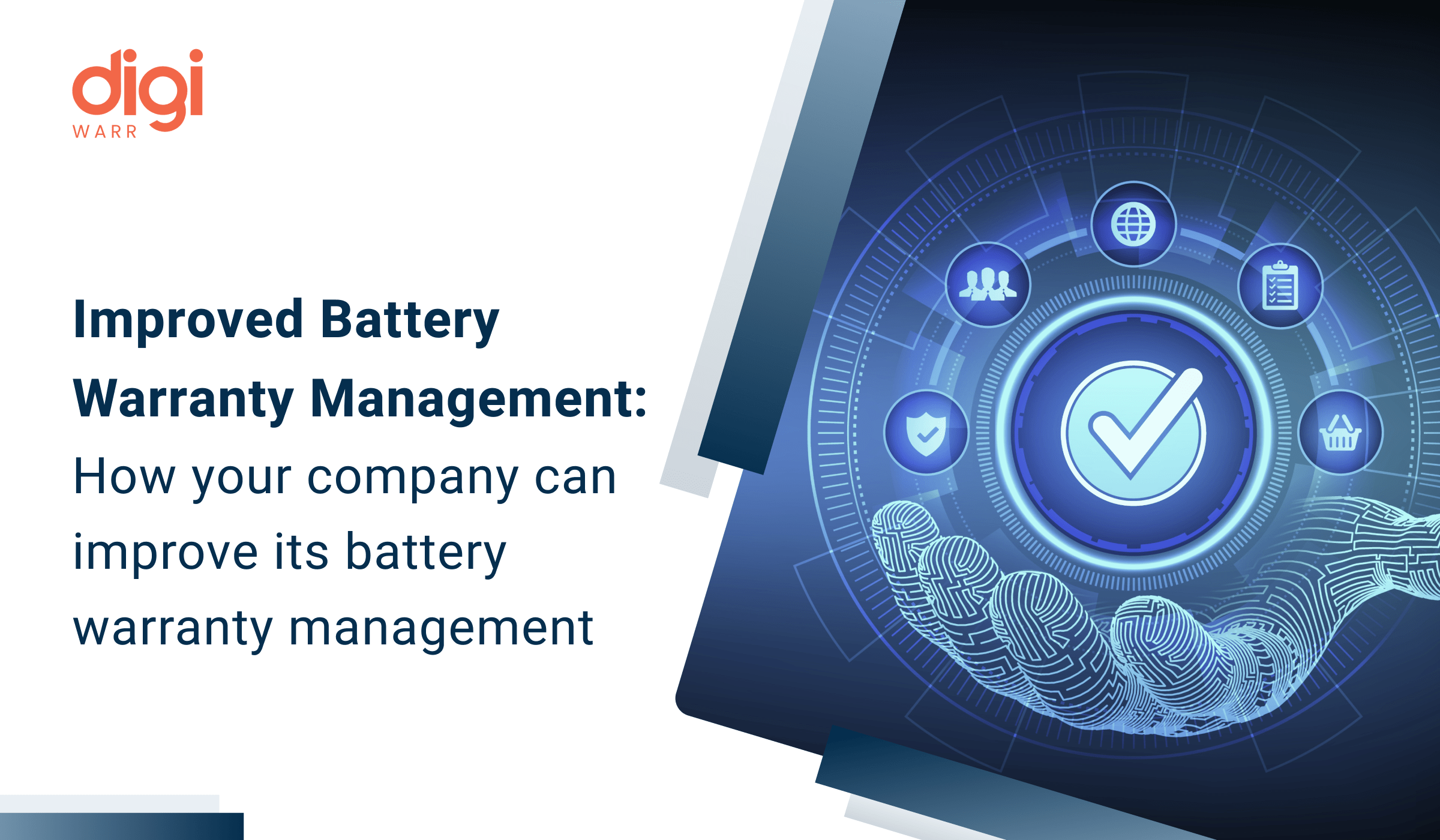
In today’s competitive landscape, manufacturers face significant challenges in battery warranty management. Effective strategies are crucial for enhancing customer satisfaction and minimizing costs associated with battery service and replacements. As technology progresses and customer expectations rise, OEMs must adopt innovative approaches to track and improve battery health, streamline claims processes, and utilize data analytics to timely address potential issues before they lead to larger problems. This visionary approach not only helps in maintaining customer trust but also significantly reduces the economic burden of battery maintenance and warranty claims.
The accurate assessment of battery health is most important for manufacturers to effectively manage warranty claims and operational costs. Advanced diagnostics are necessary to measure battery aging and degradation reliably. Key factors influencing battery durability include charging and discharging rates, ambient temperature, and physical stresses. Sophisticated tools and software can provide deep insights into these factors, enabling OEMs to address potential issues before they begin to rise. This proactive approach not only reduces the incidence of battery failures but also limits unnecessary warranty replacements, thus optimizing resource allocation and enhancing customer satisfaction.
Forecasting the Remaining Useful Life (RUL) of batteries is critical for effective warranty management and maintenance planning. This process involves complex analytics due to the diverse factors that impact battery performance, including usage patterns, environmental conditions, and manufacturing differences. Advanced data analytics platforms utilize machine learning algorithms to process and interpret large sets of battery usage data, enhancing accuracy. These insights allow OEMs to optimize maintenance schedules and refine their warranty services, ensuring batteries operate efficiently throughout their estimated lifecycle and beyond. This predictive capability is not only a technical achievement but also a strategic tool that improves customer satisfaction and operational efficiency by addressing potential failures.
In addition to monitoring charging habits and depth of discharge, advanced misuse detection also involves tracking voltage fluctuations, temperature extremes, and unusual power draw patterns. These metrics can be analyzed through IoT-enabled devices to provide real-time alerts on battery misuse. By integrating machine learning algorithms, OEMs can predict potential failures before they occur. Offering training sessions or digital tutorials on proper battery care can empower customers to maintain their battery health effectively, reducing both warranty claims and operational disruptions.
The rise of electric vehicles (EVs) emphasizes the importance of advanced technologies like remote monitoring and configuration for battery systems. This capability is vital not only for optimizing battery performance through adjustments to begin and release voltages but also for managing the battery’s health to prevent failures before they occur. Remote monitoring allows manufacturers to offer dynamic warranty terms based on actual battery usage and condition, rather than a fixed term. This can significantly enhance customer satisfaction by providing warranties that reflect the true state of the battery, potentially extending its service life and reducing replacement costs.
Dedicated warranty management systems are important for manufacturers managing battery warranties efficiently. By implementing these web-based solutions, companies can automate the monitoring of warranty periods, thereby reducing manual errors and administrative overhead. These systems also analyze battery performance data in real-time, offering insights that help in proactive decision-making. This includes adjusting warranty terms based on real-world usage data, anticipating potential issues before they lead to claims, and adjusting maintenance schedules to extend battery lifespans, thereby optimizing warranty costs and enhancing customer service.
By integrating advanced battery analytics into their warranty management strategies, manufacturers can gain significant advantages. These technologies enable predictive maintenance, which identifies potential battery failures before they occur. Misuse detection helps in pinpointing incorrect handling or operational practices by users, thus safeguarding warranty claims. Moreover, remote monitoring facilitates the real-time assessment of battery health across various conditions, enhancing responsiveness and operational reliability. This strategic approach not only boosts customer trust and satisfaction by ensuring consistent battery performance but also drives down the operational and warranty-related costs, paving the way for more sustainable business practices in the tech-driven markets.